Landscape of the Pico Island Vineyard Culture, World Heritage (UNESCO)
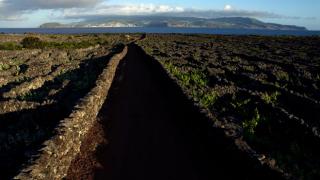
Don't miss
- take a picture next to one of the typical red-domed windmills
What about tasting a wine that grows on basaltic rock? It seems strange that such conditions produce such a delicious nectar, but the truth is that in days gone by, this wine went directly to the table of the Russian Tsars.
The cultivation of vines on Pico began in the late 15th century, when the island was first settled. Thanks to the volcanic soil, rich in nutrients, the dry, warm microclimate of slopes protected from the wind by walls of rough, dark stone, heated by the sun, the Verdelho variety vines have exceptional ripening conditions here. The wine was later exported to many countries in Europe and America, and even arrived at the table of the Russian Court. The vineyards that dot the landscape of the island, still produce a crisp, fruity, dry and mild wine that is an ideal companion for a plate of seafood or fish, as well as the vinho de cheiro (fragrant wine) that is so popular at the tables on feast days.
These lands, the Landscape of the Pico Island Vineyard Culture, combining their volcanic nature and ancestral cultivation practices, were classified by UNESCO in 2004 as World Heritage. Lajido da Criação Velha and Lajido de Santa Luzia are the best examples of this art of dividing the land that this title recognises. The vines planted in the lava rock are tightly enclosed by dry stone walls in plots called "currais", that are protected from the sea wind but let in the sunshine necessary for their maturation.
There are numerous species of flora and fauna that are part of this natural habitat, which feature a rich presence of the endemic Laurel forests characteristic of the Macaronesian region.
Other testimonies to winegrowing activities are the "Rilheiras", ruts left by the wheels of ox carts carrying the grapes and barrels, and in the harbours and coves along the coast the "rola-pipas", ramps excavated by the sea, along which the barrels of wine were rolled before being transported in boats to Faial. There is also a built heritage associated with vine cultivation, which includes manor houses, wine cellars, warehouses, tidal wells, convents and chapels, all worth a visit during your stay on Pico.
Once you’ve appreciated the design of this gigantic stone labyrinth by the seaside, it’s time to taste the wine. Dry or sweet and comforting, it tastes even better in a picturesque winery. In the Pico Wineries, sometimes adapted to rural tourism, the volcanic stone walls are intertwined with the sea and the vegetation. The living memory of the Verdelho cycle has found a new chapter in the Wine Museum. This is in Madalena, in a former Carmelite convent, and has a collection of tools, stills and vats. Its leafy forest of dragon trees gives an extra scenic attraction to the wine press that has stood the test of time.
Though it has continuously produced wines of exceptional quality over time, the Pico Wine Cooperative has recently released some new wines, in particular the "Lajido", the rightful heir to the old "Verdelho", and distinct white and red table wines.
Pico wines have a tradition. VLQPRD (fortified wines), aperitifs, table wines, whites, reds, Vinho de Cheiro, Angélica and Pico spirits can be found in any restaurant or grocery store, making it easy to taste them and take them with you.


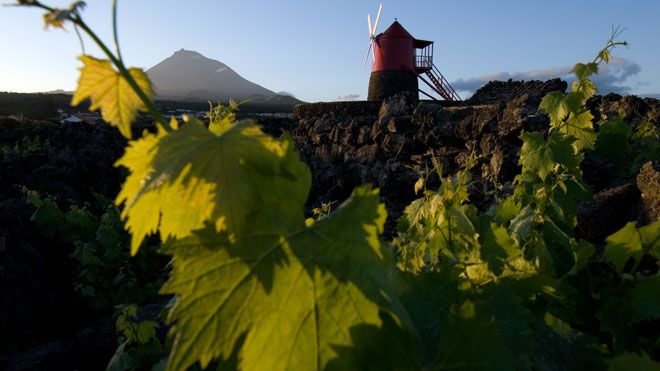







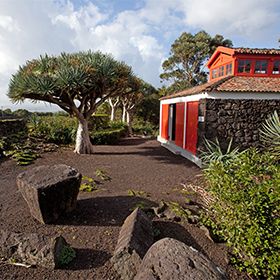
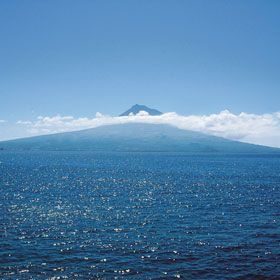

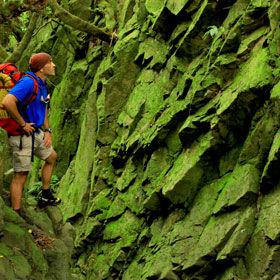
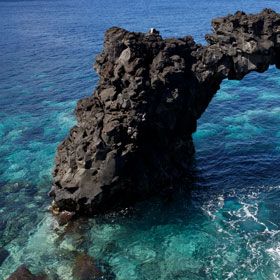
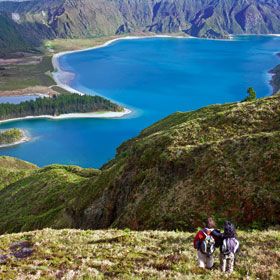



 Explore
Explore 
 Remember and Share
Remember and Share 


